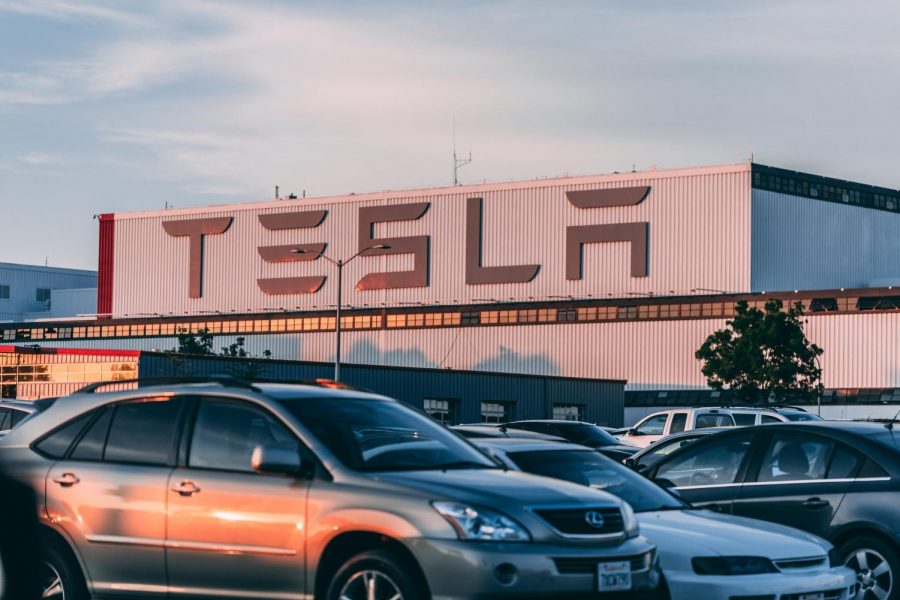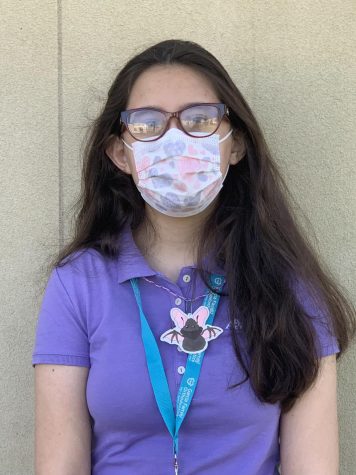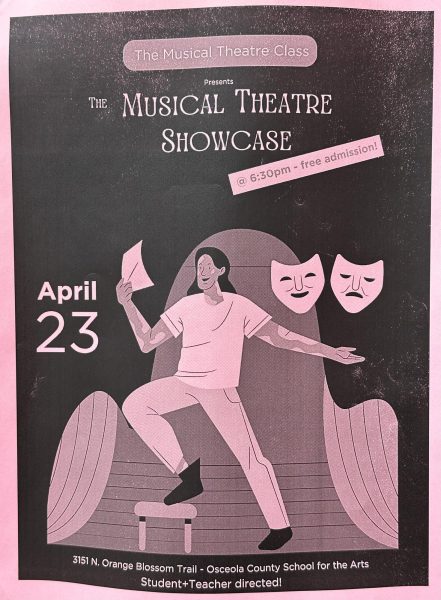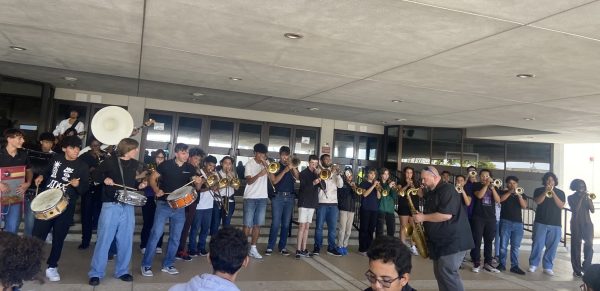U.S. Government Questions Tesla’s Ability to Play Games While Driving
The NHTSA questions why Tesla allows games to be played while the car is in motion.
December 15, 2021
Over the summer, Tesla implanted a new feature allowing the drivers to play video games while the car is in drive. Recently, the National Highway Traffic Safety Administration (NHTSA) has reached out to Tesla to discuss this feature for fear of increased accidents caused by distracted driving.
The feature became available just this summer with minimum complaints or comments on the dangers of it. The feature was designed for passengers’ entertainment. However, the cars with this feature gave little to no safety measures in place that could prevent drivers from playing the games. The autopilot feature in the cars is incapable of telling whether the driver or the passenger in the front row was playing. A simple pop up would appear where the individual is warned of the dangers of distracted driving and asked to confirm that they are not the driver.
According to the NHTSA on its administration, “The National Highway Traffic Safety Administration (NHTSA) is the agency within the U.S. Department of Transportation that works to reduce deaths and injuries and economic costs due to motor vehicle crashes.” Demonstrating the administrations knowledge of motor vehicles and their ability to speak on Tesla’s new feature.
Many wonder the point of questioning the cars feature as the pop up is the equivalent of a captcha, however, the feature can increase distracted driving leading to an increase in crashes. Furthermore, the safety agency said “The Vehicle Safety Act prohibits manufacturers from selling vehicles with design defects posing unreasonable risks to safety.”
As more news of what will happen to the cars feature, the NHTSA states the importance of their organization, “NHTSA works to deliver safer roads by encouraging Americans to make safer choices when they drive, ride, and walk; advancing lifesaving vehicle safety technologies; and supporting state and local police in their efforts to enforce the rules of the road that protect us all.”












